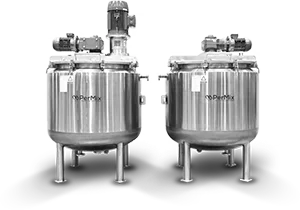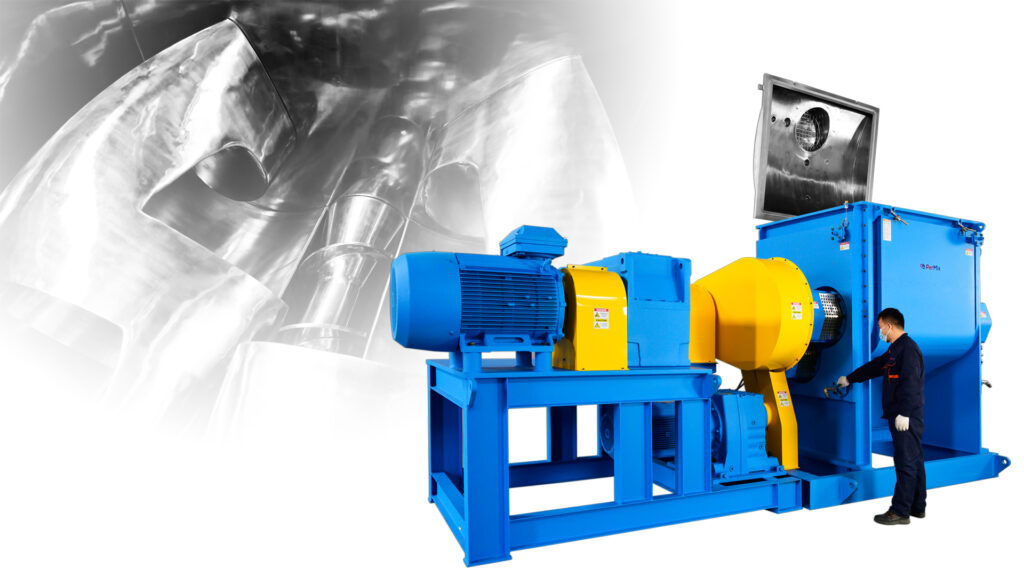Industrial Mixers
PerMix News & Updates



The Role of Sigma Mixers in Silicone and Adhesive Manufacturing
Introduction: Silicones and adhesives are integral components in various industries, finding applications in sectors ranging from electronics to construction. The production of these versatile materials involves intricate processes, and sigma mixers play a crucial role in ensuring the quality and consistency of the final products.
Sigma Mixers: An Overview: Sigma mixers, also known as double-arm mixers, are industrial mixing machines designed for the efficient blending of high-viscosity materials. These robust machines feature two counter-rotating blades, resembling the Greek letter sigma, which work in tandem to knead and mix raw materials. The unique design of sigma mixers makes them ideal for handling dense and sticky substances, making them indispensable in the manufacturing of silicones and adhesives.
Silicone Manufacturing with Sigma Mixers: Silicones, known for their heat resistance, flexibility, and excellent electrical insulation properties, are synthesized using a combination of silicone polymers, reinforcing fillers, and catalysts. The sigma mixer facilitates the homogenous blending of these ingredients, ensuring uniform distribution and optimal cross-linking during the curing process.
Adhesive Production with Sigma Mixers: Adhesives, used for bonding various materials together, require precise mixing to achieve the necessary bonding properties. Sigma mixers play a key role in the production of adhesives by ensuring thorough dispersion of adhesive components.
Conclusion: In the production of silicones and adhesives, PerMix sigma mixers serve as indispensable tools, ensuring the uniform blending of raw materials and the creation of high-quality end products. Their role in achieving homogeneity, viscosity control, and stability underscores their importance in the intricate processes of silicone and adhesive manufacturing. As industries continue to demand materials with superior properties, the partnership between sigma mixers and these key components remains essential for meeting stringent quality standards.
